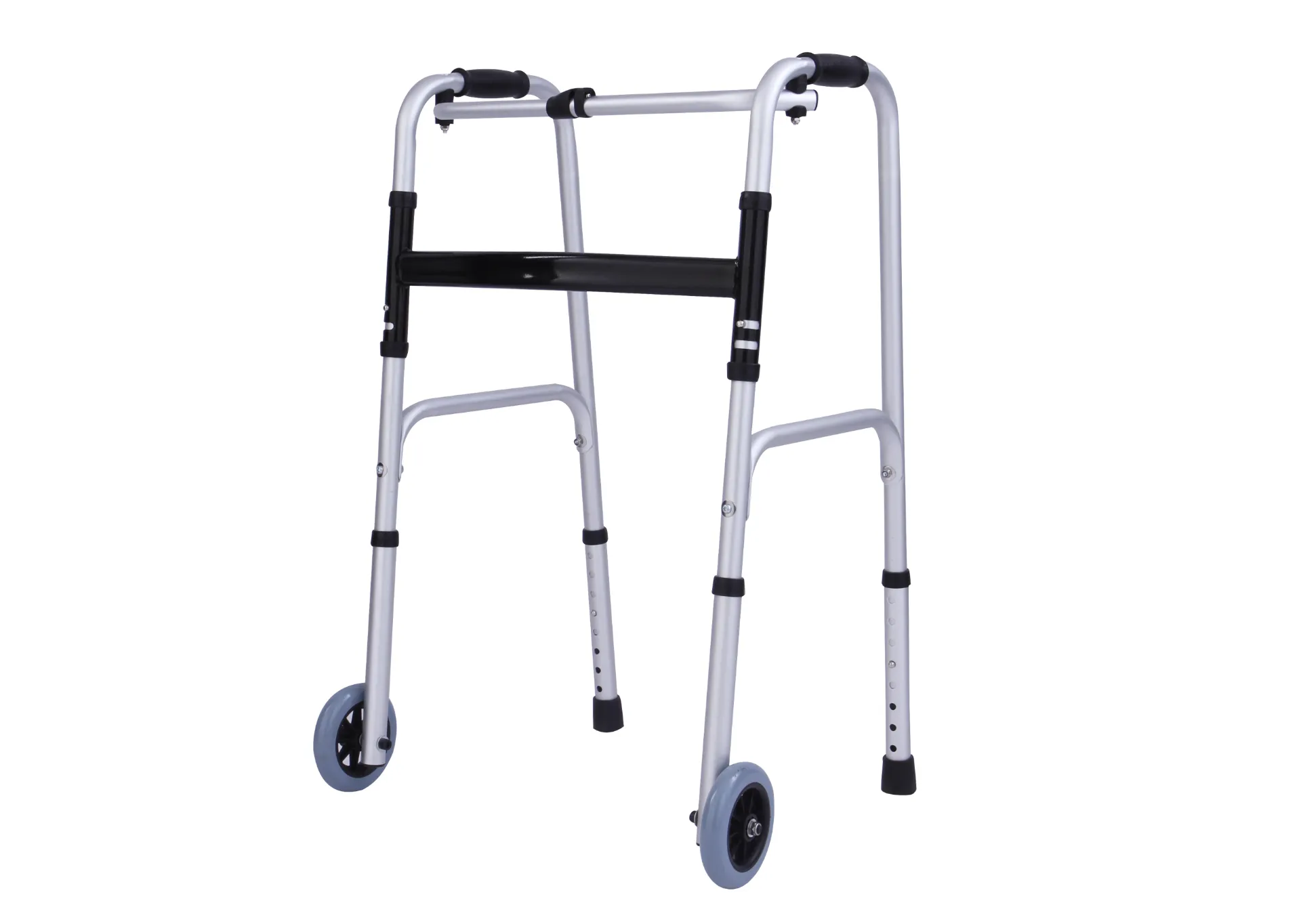Welcome to our websites!
Innovative Devices for Effective Recovery in Orthopedic Rehabilitation
Understanding Orthopedic Rehab Equipment Essential Tools for Recovery
Orthopedic rehab equipment plays a crucial role in the recovery process for individuals who have experienced musculoskeletal injuries, surgeries, or chronic conditions affecting their mobility. This specialized equipment is designed to aid rehabilitation by enhancing the recovery process, improving mobility, and restoring function.
One of the fundamental categories of orthopedic rehab equipment includes range-of-motion devices, such as continuous passive motion (CPM) machines. These devices are often utilized after surgeries, such as knee or shoulder arthroscopy, to promote healing and restore joint mobility. CPM machines gently and repeatedly move the affected joint through its range of motion without any effort from the patient. This technique helps reduce swelling, prevent stiffness, and encourages circulation, essential for recovery.
Strength training is another vital component of orthopedic rehabilitation, which is supported by various devices. Resistance bands, free weights, and specialized weight machines can help patients regain strength in the muscles surrounding the injured area. These tools can be adjusted according to the patient's progress, ensuring that exercises remain both challenging and manageable. Building strength is critical, as it not only aids in recovery but also helps to prevent future injuries.
orthopedic rehab equipment

Balance and stability are essential aspects of rehabilitation, particularly for patients recovering from lower limb injuries. Balance boards, wobble cushions, and stability balls are effective tools used to enhance proprioception and balance. These tools can be integrated into therapy sessions to help patients regain their confidence and functionality, essential for performing daily activities without fear of falling.
In addition to physical equipment, modern orthopedic rehab has also embraced technology. Virtual reality (VR) and augmented reality (AR) systems are being developed to create immersive rehabilitation environments. These systems provide engaging and interactive exercises that can motivate patients while ensuring they perform the required movements correctly. Biofeedback devices can also be used to give real-time information about muscle engagement, helping patients learn and adjust their movements to promote better recovery outcomes.
Lastly, the importance of patient education and involvement cannot be overstated. Effective rehabilitation also relies on the commitment of the patient to engage with the equipment and follow the prescribed exercise regimen. The collaboration between healthcare professionals and patients is crucial for achieving optimal recovery results.
In conclusion, orthopedic rehab equipment is a vital component of the recovery journey for individuals with musculoskeletal injuries. From range-of-motion devices to advanced technology, these tools support rehabilitation by improving mobility, strength, and overall function. With proper guidance and determination, patients can leverage this equipment to achieve a successful recovery and return to their day-to-day activities.
-
Transforming Healthcare with Hospital FurnitureNewsJun.24,2025
-
Rehabilitation EquipmentNewsJun.24,2025
-
Mobility and Independence with WheelchairsNewsJun.24,2025
-
Freedom of Mobility with Our Rollator WalkersNewsJun.24,2025
-
Comfort and Independence with Commode ChairsNewsJun.24,2025
-
Bathing Safety and Independence with Shower ChairsNewsJun.24,2025
-
Navigating the Wholesale Landscape of Electric Mobility Solutions: Key Considerations for Power Wheelchair DealersNewsJun.10,2025











